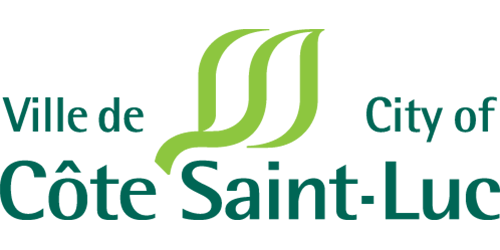History of Côte Saint-Luc
History of the Town of Côte Saint-Luc
The name “Côte Saint-Luc” is without a doubt, almost as old as the one of “Ville Marie”. In any case, it is previous to the last third of the seventeenth century. In fact, the name appeared about that time in describing the land held by the “Seigneurs” (Landowners) of the Island of Montreal and also the name “Côteau St-Pierre” (now known as Notre Dame de Grâce). The latter was limited to the northwest by “Côte St. Luc” and to the northeast by “Côte des Neiges”.
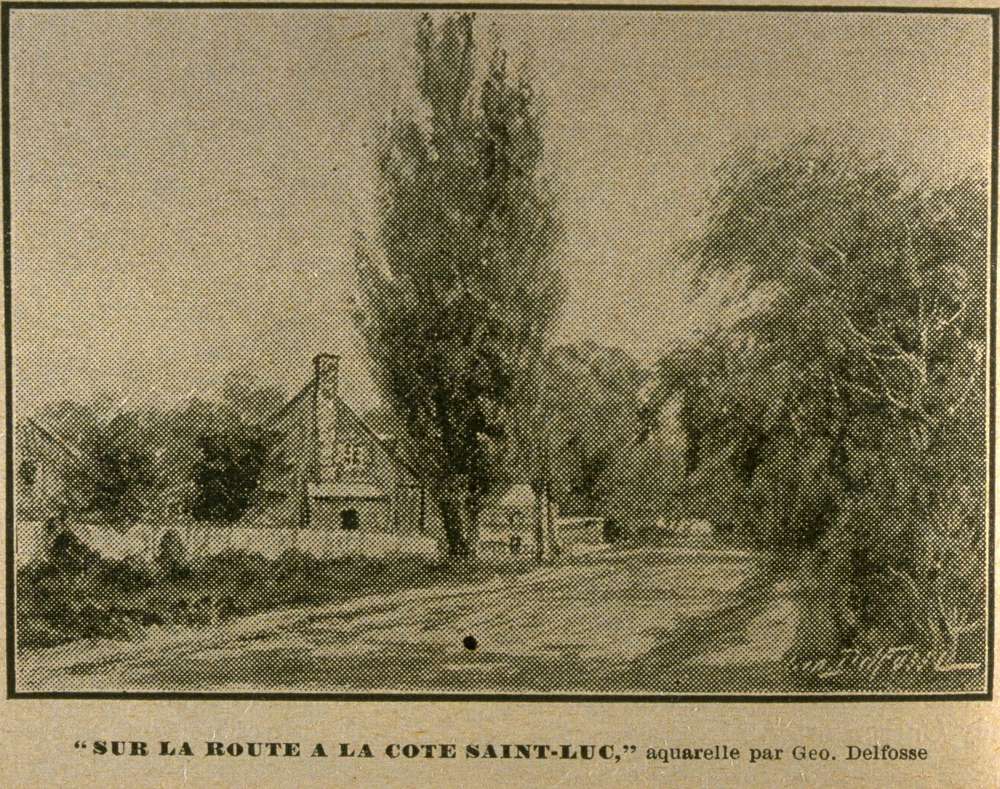 It is clear that “Côte” the first part of the name “Côte Saint-Luc” referred to the slope (“Côte” in French) which led from the northwest to Côteau St-Pierre. But in regard to “Saint-Luc”, the historian cannot explain with certainty its origin. As in the case of many places in the Province of Quebec that carry the name of saints, it very likely was given for pious reasons. As frequently was the custom in those days, it may be that the name “Saint-Luc” was chosen by a man whose Christian name was “Luc”.
It is clear that “Côte” the first part of the name “Côte Saint-Luc” referred to the slope (“Côte” in French) which led from the northwest to Côteau St-Pierre. But in regard to “Saint-Luc”, the historian cannot explain with certainty its origin. As in the case of many places in the Province of Quebec that carry the name of saints, it very likely was given for pious reasons. As frequently was the custom in those days, it may be that the name “Saint-Luc” was chosen by a man whose Christian name was “Luc”.
It is a known fact that the colonization of the Island was progressively made, starting from the St. Lawrence River. It only reached “Côteau St-Pierre” at the end of the seventeenth century. The first grant of land on this “Côteau” was made in 1687 to Pierre Hurtubise. Up to 1700, only the forest and the prairie could be seen on “Côte St-Luc” and it was good hunting grounds. In fact, tradition has it that game was very plentiful there.
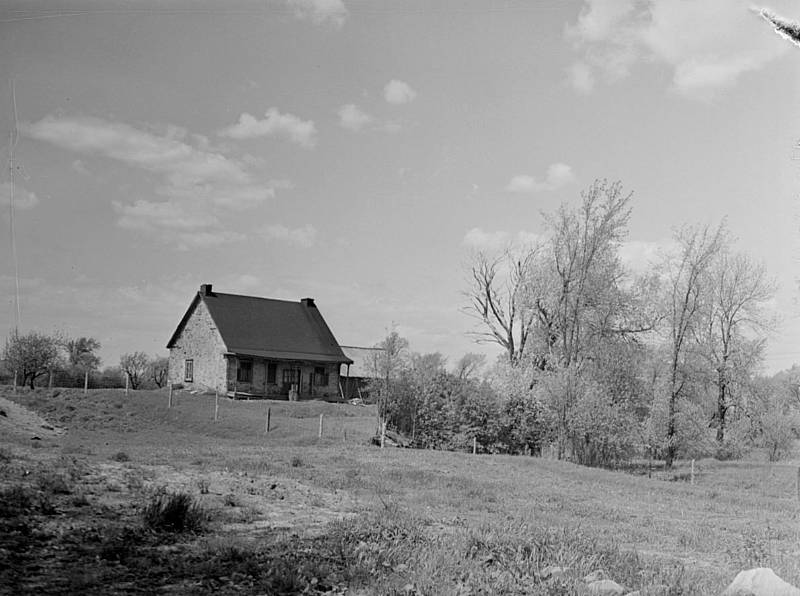
But the inhabitants of Montreal were not long in noticing how fertile the soil was on “Côte St-Luc” and the clearing and breaking up of land started here at the beginning of the eighteenth century. The agricultural state of the land remained also exclusively so for the next two centuries, for in 1900 farming was still the main activity in “Côte St-Luc”.
It is interesting to note that in 1818, after his yearly visit to his parishioners, Mr. Ciquard, a “Sulpician” drawing a list of the families, reported that there were more people in “Côte St-Luc” than in Côteau St-Pierre”. He listed the names of 177 people that lived in “Côteau St-Pierre”, while the population of “Côte St-Luc” was 209 persons, of which 65 were men, 61 women, 41 boys and 42 girls.
In “Côte St-Luc”, the names of the heads of families were as follow: Louis Urtubise, Joseph Urtubise, François Xavier Goujon, Antoine Goujon, Antoine Goujon jr., François Miler, Louis Valade, Laurent Lortie, Jean Baptiste Desvoyaux dit Laframboise, Maurice Lagacé, Pierre Lemieux, Jean Baptiste Pominville, Joseph Poirier, Jérémie Prud’homme, Charles Clocher, Jacques Parent, Joseph Monet, Antoine Monet, François d’Aoust, Michel St-Germain, Joseph Boileur and Pierre Serrurier.
 It was in 1845 that the inhabitants of “Côte St-Luc” decided to ask the proper authorities for their own chapel. It was only in 1847 that the people of “Côte des Neiges” followed their example and in 1849 that those of “Côteau St-Pierre” decided to build the Notre-Dame de Grâce Church. By that time, the citizens of “Côte St-Luc” already had their chapel. It was built by the Sulpicians and the first mass was said there in 1848.
It was in 1845 that the inhabitants of “Côte St-Luc” decided to ask the proper authorities for their own chapel. It was only in 1847 that the people of “Côte des Neiges” followed their example and in 1849 that those of “Côteau St-Pierre” decided to build the Notre-Dame de Grâce Church. By that time, the citizens of “Côte St-Luc” already had their chapel. It was built by the Sulpicians and the first mass was said there in 1848.
On the 3rd of May 1867, the church of Notre Dame de Grâce, which up to that day had been administered by the Sulpicians, who as a matter of fact had had the church constructed, was formed in an autonomous parish to be directed in the future by the secular clergy. This new parish, as stated in its chart of establishment, comprised “Côteau St-Pierre, Côte St-Luc, Côte St?Antoine and Côte des Neiges, starting from the southwestern and northwestern limits of the City of Montreal”.
The Members of the Parish, who were not in agreement with the new Curate, regretted the departure of the Sulpicians and a petition dated June 21st 1880, was presented for their return. The first signature on the petition was that of Mr. Eustache Prud’homme, Mayor of Côte St-Luc. This petition however remained without any response, and the secular clergy continued to administer the Parish of Notre Dame de Grâce, and also the chapel of Côte St-Luc, till September 29th 1901, at which date it was replaced by the Dominicans.
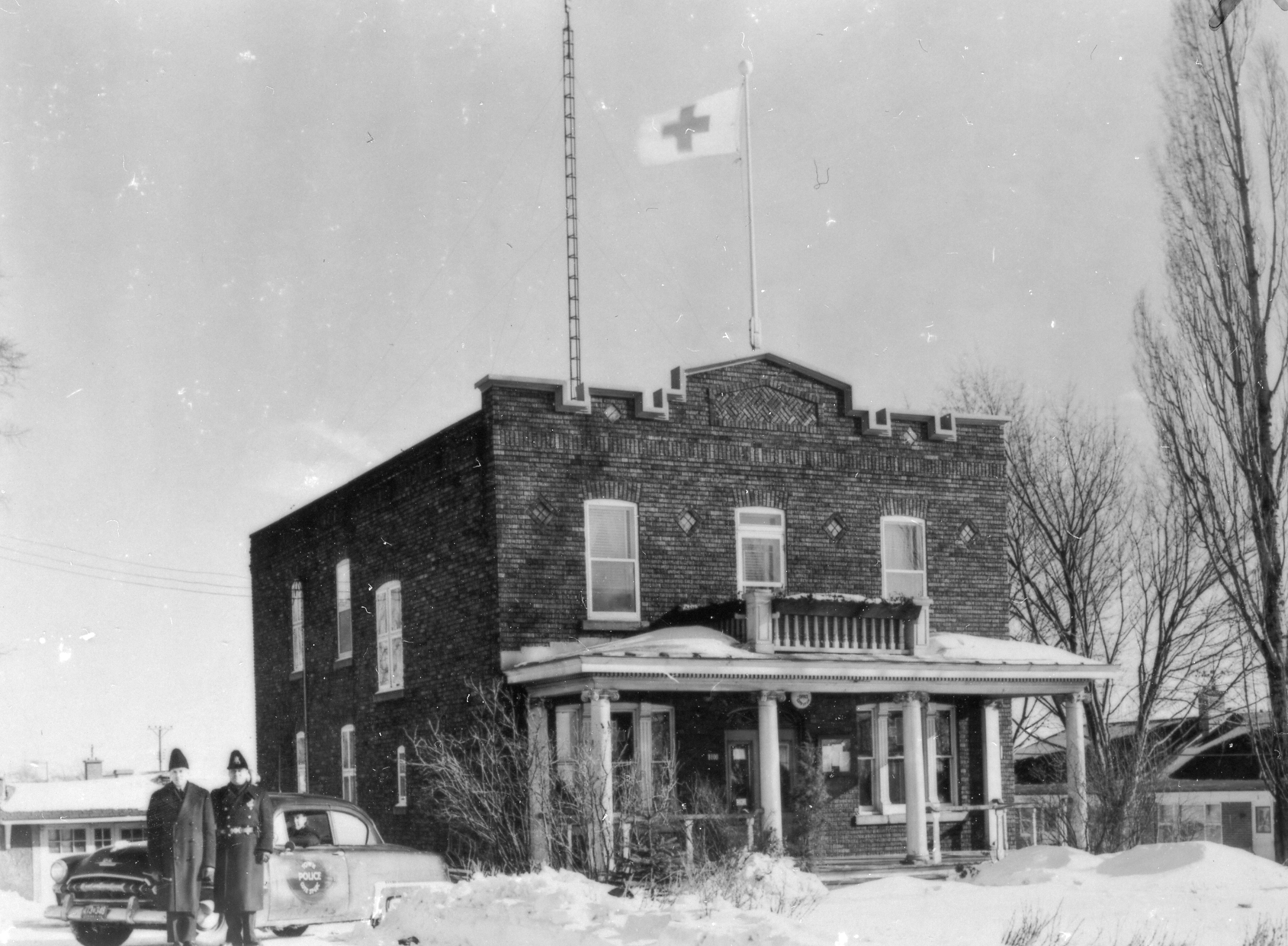
On June 1st 1903, the Municipality of Côte St-Luc was incorporated as a “Village”. It was on December 9th 1951, that it was incorporated as a Town (15/16 GEORGE VI. Ch. 98)
The Town of Côte St-Luc is administered by a Mayor assisted by six Aldermen. The Municipal Council is elected for two years. It is interesting to note that the present Town Hall is housed in the former home of Mr. Pierre Lemieux, who was Mayor from 1905 to 1909 and from 1912 to 1938.
The Town of Côte Saint-Luc is essentially residential and its public facilities are up-to-date. For instance, its sewer system started in 1951 and completed in 1953, is one of the most modern in North America. It has a Catholic School called “École Pie XI” and a Protestant School bearing the name “Merton School”. In the Catholic School, there is a chapel for those of the Roman Catholic Faith. Let us also note that, within the territory of the Town of Côte St-Luc, there is a most important and ultra-modern railway yard operated by the Canadian Pacific Railway.
Source: Extract from the Golden Book of the Town of Côte Saint-Luc. The Golden Book and the Coat of Arms of Town of Côte Saint-Luc were created and realized in the year 1955 by l’Institut d’Art Héraldique Enrg., on the request of the Municipal Council.
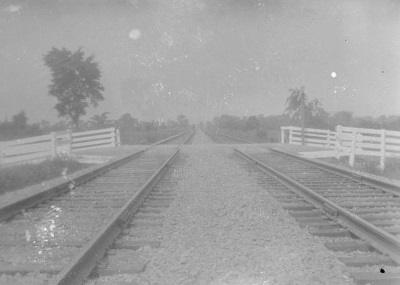
For a visual history of Côte Saint-Luc, visit Côte Saint-Luc Historical Society’s HistoryPin collection
For more information on the early history of Côte Saint-Luc, take a tour of our Jane’s Walks.

